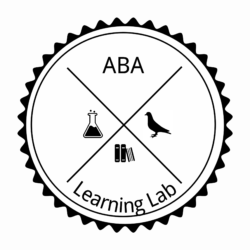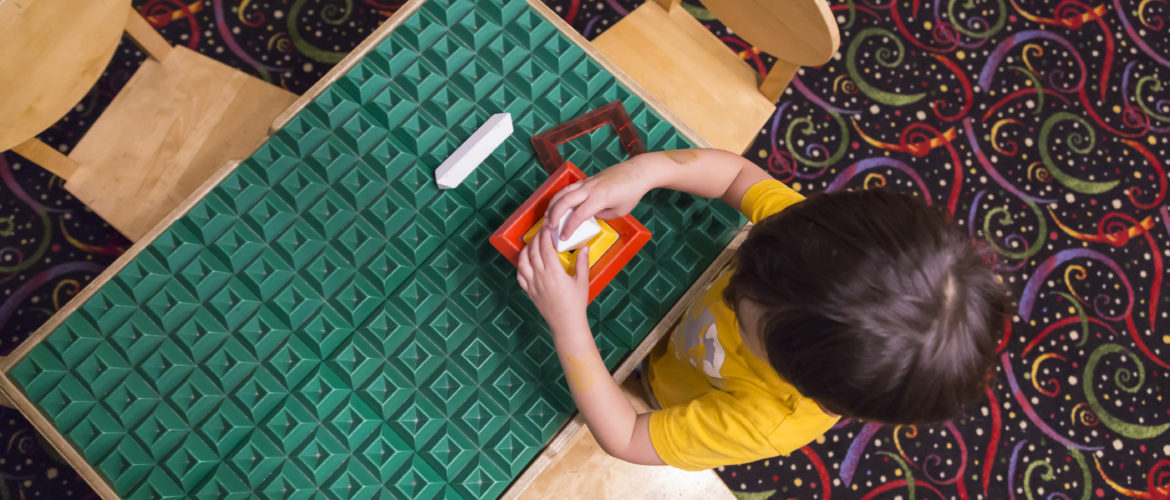James Macon, M.Ed., BCBA
Applied Behavior Analysis, or ABA, is well recognized as the “gold standard” for treating Autism Spectrum Disorder (ASD). It works by harnessing the scientific principles of behavior into the everyday tasks and skills that most of us take for granted. ABA is also intense, with treatment being prescribed daily, up to 40 hours per week. This is a significant departure from the typical service model, which typically would involve monthly or weekly visits, often for as little as 30 minutes per week. But why does ABA want clients receiving 25 to 40 hours per week?
Research done starting in the late 1980’s by Ole Ivar Lovaas showed that roughly 50% of kids who received early and intense ABA (40 hours per week) were indistinguishable from their peers after several years. This meant that those kids achieved normal intellectual and educational functioning. This is compared with only 2% of kids in the non-intense ABA group, who were receiving only 10 hours per week.
Throughout the decades, other researchers replicated Lovaas’ original findings, all with similar results. They studied and measured the type and quantity of ABA the clients were receiving. Some of the research went as far as to compare groups of kids who were receiving exclusively ABA therapy, to those who were receiving an eclectic approach of Speech, OT, ABA, and special education. The ABA group significantly outperformed the eclectic group in treatment gains. In 2010 researchers reviewed the literature on early intensive ABA and determined that children receiving 35 hours per week or more had the best treatment gains when compared to those receiving less.
While the intensity or “dosage” of treatment varies by client, it generally is described as either focused or comprehensive treatment. Comprehensive treatment will mirror the research done by Lovaas, will have a large amount of hours (25 to 40 hours), and is correlated with better outcomes. Focused treatment on the other hand will target a smaller sample of goals, and will be less hours, typically between 10-24. These distinctions are critical, as a lot of companies claim to “do ABA,” but if the service model is not based on the behavior analytic communities empirical research, it’s probably not ABA. Whether evaluating a company as a parent for your child, or as a BCBA for prospective employment, make sure you review their service model.
Despite 30 years since the initial publication of Lovaas original research and the broad consensus amongst the scientific community, many parents, professionals, and even young or inexperienced practitioners often have reservations about the dosage recommendations made by Behavior Analysts. There are a few important considerations that I believe play into this.
“Table Time”
Whether a parent or a new practitioner, you should know that ABA should not look like extended hours in front of a table. “Table time” is not an ABA term, but rather a description of a technology that ABA uses, called Discrete Trial Teaching (DTT). DTT breaks down tasks into very small, discrete behaviors, and reinforces those behaviors so that they will occur more in the future. It’s kind of like building muscle memory, so that specific behaviors will happen in the future without having to think about it. It’s no doubt a very important part of ABA therapy, but it is only 1 of many different technologies that ABA uses.
Parents are rightfully skeptical of having their 3 year old child sitting at a table for 40 hours per week. While DTT does play a major role, a good BCBA will also include Natural Environment Teaching (NET), Functional Communication Training (FCT), and host of other technologies into therapy.
Less Hours is OK.
A common misconception is if the parents and child can’t fit 25-40 hours into their schedule, that prescribing a smaller dosage (10-15 hours per week) is OK, and that the child will just learn fewer skills. Unfortunately its not that simple. Research from Lovaas showed that only 2% of kids achieved normal intellectual and educational functioning when getting 10 hours per week. The “gold standard” language used to describe ABA is explicitly linked to early-intense ABA, not to those receiving the less hours.
Focused ABA is also very important, but its usually used with children 8 years old and above, or for those who’ve already received early-intense ABA in the past. It’s often used as a step-down into lower intensity treatment as clients make progress. It’s also usually focusing on a smaller sample of goals, like teaching some specific goal or trying to reduce some specific challenging behavior. The takeaway here is if you think you can just use a little bit of hours and you’ll just get there slower, you may have some misconceptions about ABA and what the research has indicated.
Tying it all together.
If you’re a parent just starting your child in a new ABA program, or you’re a new behavior analyst trying to weigh your recommendations against what parent can fit in their schedule, please consider what the research supports. While ABA is the gold standard for ASD treatment, it’s earned that reputation based on scientific rigor and structure. As such, your recommendations and the treatment options available should mirror that scientific rigor. For a young child diagnosed with ASD, best practices recommend receiving 25 to 40 hours per week of intense, Comprehensive ABA. For older children, typically 8 years and above, Focused ABA is probably appropriate, based on your goals and desired outcomes.
Have questions or comments? Leave them below.

